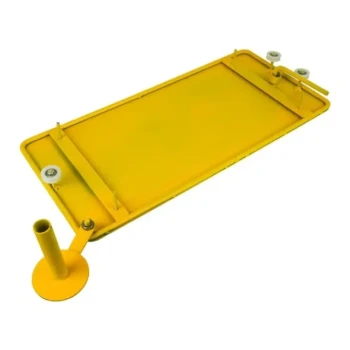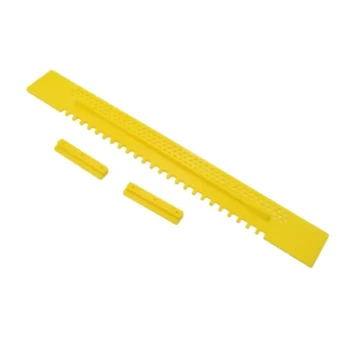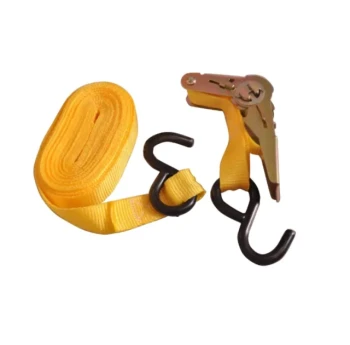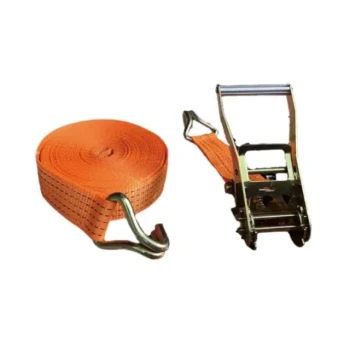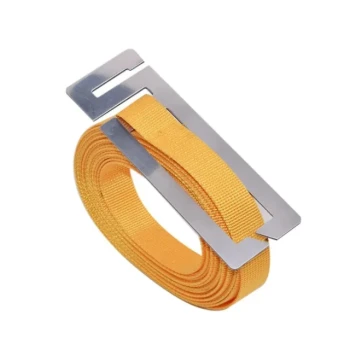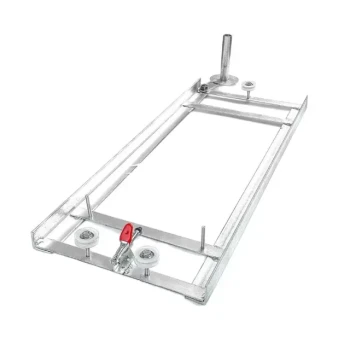For maximizing honey production, the Langstroth hive is the undisputed industry standard. Its design is engineered specifically for high-volume honey yields by allowing beekeepers to reuse honeycomb, a practice that saves the colony immense energy. While other hives exist, the Langstroth system is purpose-built for beekeepers whose primary goal is harvesting the most honey possible.
The choice of the "best" hive for honey is not about a single perfect design, but a fundamental trade-off. You must decide between the maximum potential yield of the Langstroth hive and the harvesting convenience of the Flow Hive.
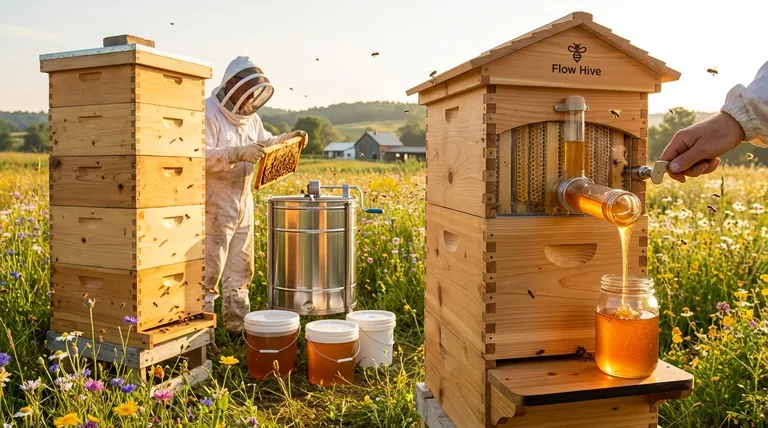
The Industry Standard: The Langstroth Hive
The Langstroth hive, developed in the 1850s, revolutionized beekeeping and remains the top choice for commercial and serious hobbyist honey producers. Its design principles are centered on efficiency and scalability.
Why It Maximizes Yield: Reusable Comb
The single greatest advantage of the Langstroth system is the use of removable frames. These frames allow beekeepers to extract honey using a centrifuge without destroying the comb.
Returning this empty, intact "drawn comb" to the bees saves them a tremendous amount of energy. Bees consume roughly eight pounds of honey to produce just one pound of wax, so reusing comb allows them to focus solely on gathering nectar and making more honey.
Designed for Scalability and Management
Langstroth hives are modular. They consist of stackable boxes (known as "supers") that can be added as the colony expands and honey flow increases.
This vertical expansion gives the queen ample laying space and the colony room to store honey, which significantly reduces the instinct to swarm. Less swarming means the colony retains its workforce, leading directly to higher honey production.
The Need for Extraction Equipment
This high-yield system comes with a requirement for more work and equipment. To harvest honey, you need a dedicated space and tools, most notably a honey extractor (a centrifuge), which can be a significant investment.
The Convenience-Focused Alternative: The Flow Hive
The Flow Hive is a modern invention built upon a Langstroth-style box but with a radically different honey extraction mechanism. It has gained popularity among backyard beekeepers for its simplicity.
How It Works: "Honey on Tap"
Flow Hives use specialized frames with partially formed plastic honeycomb cells. When it's time to harvest, the beekeeper turns a key that splits the cells vertically inside the hive.
This action creates channels that allow the honey to flow down and out of the hive through a tap, directly into a jar. The bees are left relatively undisturbed during this process.
The Primary Benefit: Ease of Harvest
The main appeal of the Flow Hive is its incredible convenience. It eliminates the need for heavy lifting, opening the hive, and purchasing expensive extraction equipment.
This makes it an excellent choice for hobbyists who want fresh honey with minimal fuss and disruption to the bees.
Understanding the Core Trade-offs
Choosing a hive is about understanding the balance between yield, effort, and cost. Neither hive is universally "better"; they simply serve different goals.
Yield Potential vs. Harvest Convenience
The Langstroth hive offers the highest potential for honey yield due to the energy efficiency of reusable wax comb. It is built for production.
The Flow Hive prioritizes a simple, clean harvest. While you can harvest small amounts of honey more frequently, its total seasonal yield is generally considered lower than a well-managed Langstroth hive.
Initial Cost and Equipment
A basic Langstroth hive is relatively inexpensive. However, the total cost increases significantly when you add the necessary extraction equipment like an extractor, uncapping knife, and filters.
The Flow Hive has a much higher upfront cost for the hive itself, but it requires no additional harvesting equipment. This makes the initial investment more predictable.
Beekeeper Involvement
Both hives require you to be a good beekeeper, which means managing for pests, monitoring colony health, and ensuring the bees have enough food.
However, the Langstroth system requires more hands-on involvement, especially during the labor-intensive harvest period. The Flow Hive simplifies the harvest, but not the day-to-day responsibilities of beekeeping.
Making the Right Choice for Your Goal
Your primary objective should guide your decision. There is no single hive that is best for every beekeeper.
- If your primary focus is maximizing honey production for sale or a large personal supply: The Langstroth hive is the superior choice due to its proven scalability and the critical advantage of reusable comb.
- If your primary focus is convenience and enjoying beekeeping as a hobby on a smaller scale: The Flow Hive is an excellent option that provides fresh honey with significantly less labor and equipment.
- If your primary focus is "natural beekeeping" with minimal intervention: You might explore hives like the Top Bar or Warre, but accept that they are not designed for high-volume honey production.
Ultimately, the best hive is the one that aligns with your specific goals, budget, and the amount of time you wish to invest.
Summary Table:
| Feature | Langstroth Hive | Flow Hive |
|---|---|---|
| Primary Goal | Maximizing Honey Production | Harvest Convenience |
| Key Advantage | Reusable comb saves bees energy, boosting yield | Honey flows out via a tap, minimal equipment needed |
| Best For | Commercial apiaries & serious honey producers | Backyard hobbyists & small-scale beekeepers |
| Harvest Process | Labor-intensive; requires extractor & other tools | Simple and clean; no heavy lifting or extractor |
| Initial Cost | Lower hive cost, but higher total cost with equipment | Higher upfront hive cost, but minimal extra equipment |
Ready to Scale Your Honey Production or Simplify Your Harvest?
Whether you manage a commercial apiary focused on maximum yield or are a distributor supplying hobbyists with convenient solutions, HONESTBEE is your trusted wholesale partner. We supply the durable, high-performance Langstroth and Flow Hive equipment your operation needs to succeed.
We provide value by:
- Supporting Commercial Growth: Our robust Langstroth components are built for scalability and high-volume honey production.
- Empowering Hobbyist Sales: We stock the innovative Flow Hive systems that appeal to the convenience-focused market.
- Ensuring Quality & Reliability: We source and supply equipment that beekeepers can depend on season after season.
Let's discuss your specific needs. Contact our wholesale team today to get the right hive equipment for your customers.
Visual Guide
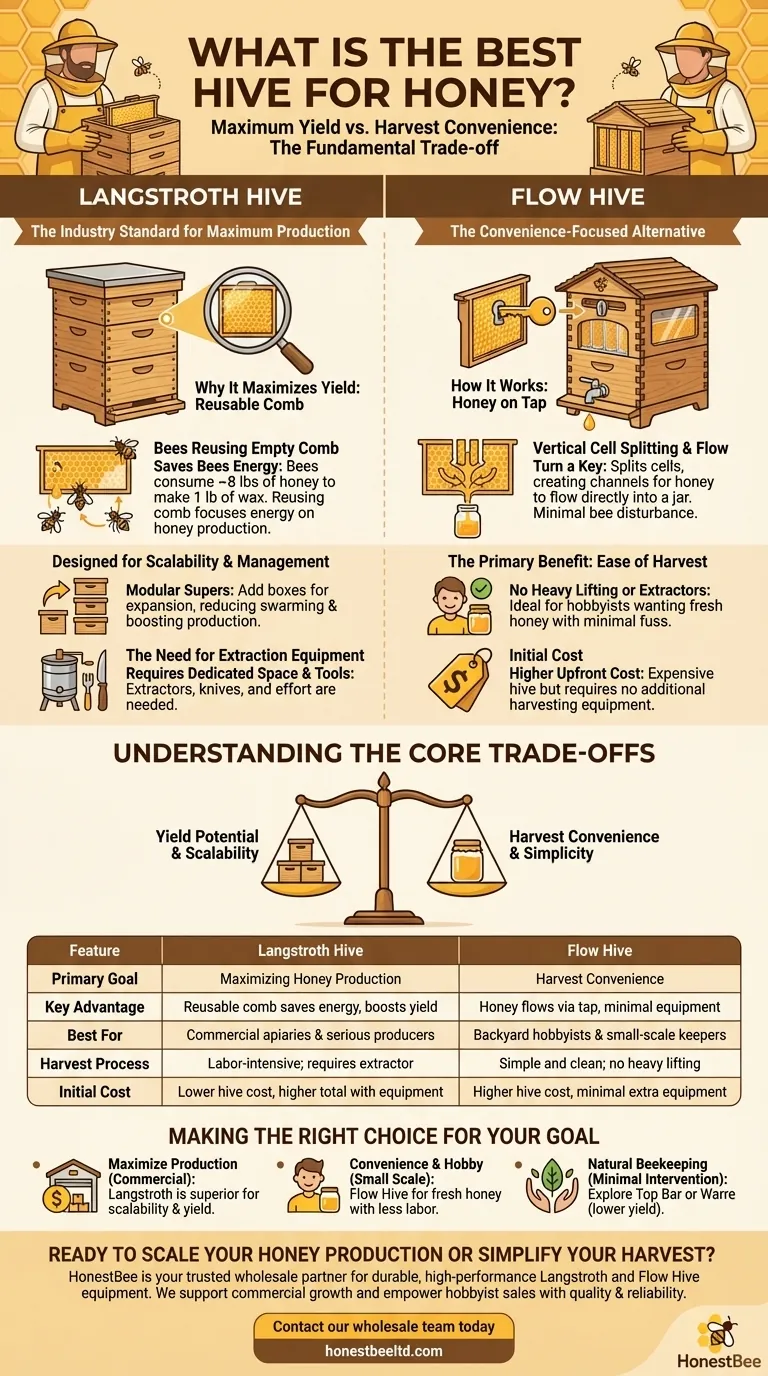
Related Products
- Langstroth Honey Bee Box Hive Boxes for Different Depths
- Professional Galvanized Hive Strap with Secure Locking Buckle for Beekeeping
- HONESTBEE Durable Frame Wiring Board with Integrated Tensioner
- Commercial 48-Frame Stainless Steel Honey Extractor
- Professional Reversible Beehive Hive Entrance
People Also Ask
- What are the sizes available for Langstroth boxes? A Guide to 8-Frame vs. 10-Frame & Depths
- What factors should beekeepers consider when choosing between wooden and polystyrene hives? Maximize Bee Health and Honey Production
- What is the best time to inspect a hive? Optimize for Bee and Beekeeper Safety
- Why do you need two bee hives? Boost Your Apiary's Success with Smart Risk Management
- How is checking honey supers in a Langstroth hive different from inspecting Honey Flow supers? A Guide to Disruptive vs. Non-Invasive Methods


